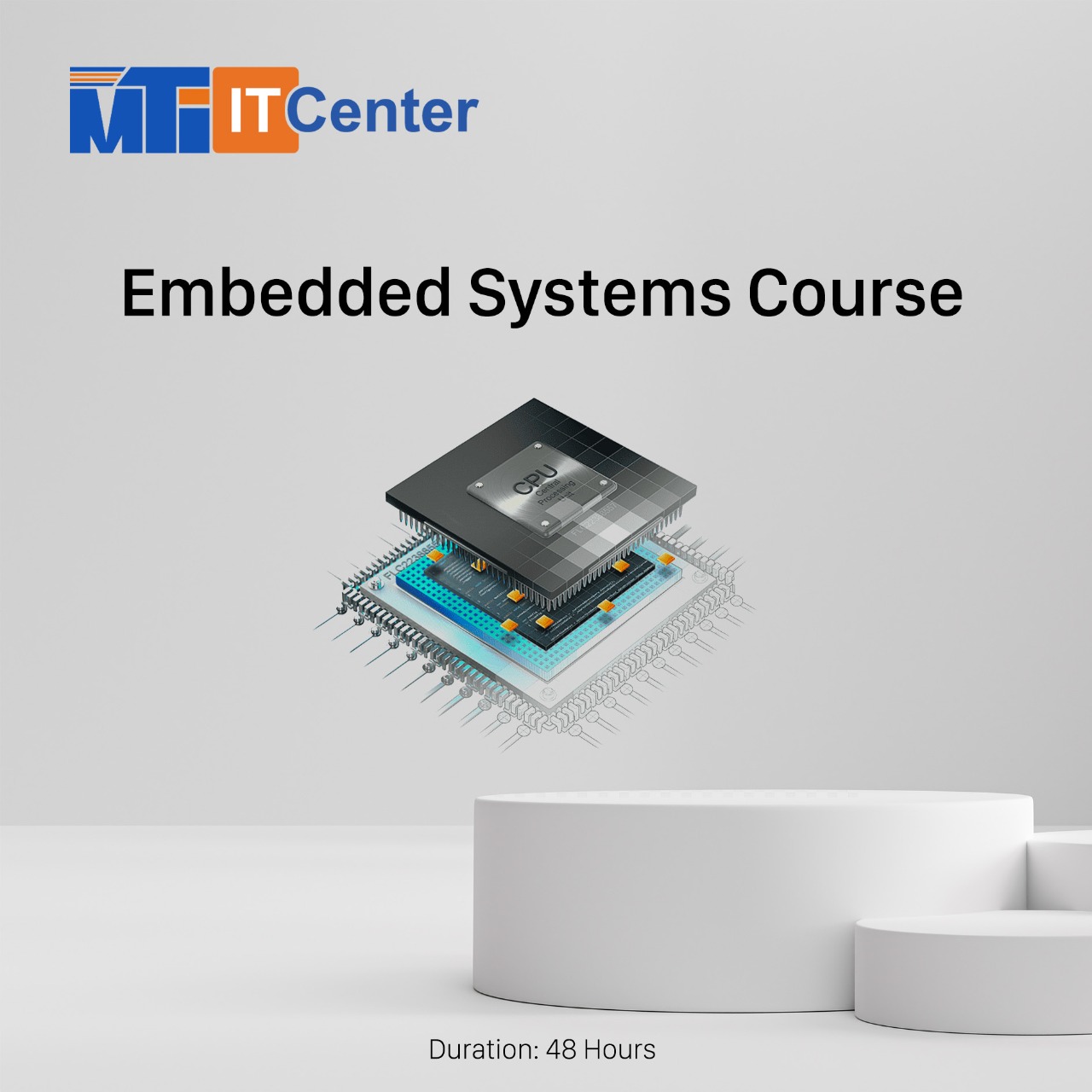
This course includes
Description
Introduction
Embedded systems are the unsung heroes behind much of the technology we encounter in our daily lives. These unassuming microprocessor-based hardware systems are the driving force behind countless devices and machines, from smart appliances to automotive control systems. In this blog, we'll dive into the fascinating world of embedded systems, exploring what they are, how they work, and their essential role in modern technology.
Understanding Embedded Systems
Embedded systems are specialized computer hardware systems with software that is designed to perform a dedicated function. They can function either as independent systems or as integral parts of more extensive systems. At the heart of every embedded system lies an integrated circuit (IC) specifically designed for real-time computation. These systems are managed by microcontrollers, digital signal processors (DSP), application-specific integrated circuits (ASIC), field-programmable gate arrays (FPGA), GPU technology, and gate arrays. These processing components are seamlessly integrated with specialized interfacing components, designed to manage electrical and mechanical connections.
The Role of Firmware
Embedded systems rely on programming instructions known as firmware. This firmware is stored in read-only memory (ROM) or flash memory chips and operates with limited hardware resources. Unlike general-purpose computers, embedded systems are optimized to efficiently execute a single set of tasks, making them more reliable and efficient for their intended purpose.
The Art of Embedded Programming
Embedded system programming is a critical aspect of developing these systems. It involves writing code that controls the behavior of the embedded system. Often, programming languages like C are used, given their low-level capabilities and efficiency. In your journey to understand embedded systems, you'll spend 12 hours delving into the world of C programming in Module No.1.
Essential Concepts
To master embedded systems, one must grasp fundamental concepts such as real-time operations, digital signal processing, and the interaction between hardware and software. Module No.2, "Embedded System Concepts," dedicates 4 hours to explore these essential building blocks of embedded systems, helping you understand the core principles that drive their functionality.
Interface with the World
One of the most intriguing aspects of embedded systems is their ability to interact with the outside world. This is achieved through peripherals, which serve as bridges connecting input and output devices to the embedded system. Module No.3, "Embedded System Interfacing," spans a comprehensive 32 hours, equipping you with the knowledge and skills needed to facilitate these interactions, a critical component of embedded system design.
Module No.1: C Programming Language (12 hours)
In this module, you will explore the fundamentals of the C programming language, which is a cornerstone in embedded systems development. You'll learn about:
- Introduction to C: Understanding the basic syntax, data types, and control structures in C.
- Memory Management: Dive into how memory is allocated, accessed, and managed in embedded systems.
- Pointers and Data Structures: Explore the importance of pointers and how to work with complex data structures in C.
- Input and Output Operations: Learn how to interact with input and output devices in embedded systems.
- Debugging and Error Handling: Discover essential debugging techniques and error-handling strategies to ensure robust embedded system code.
- Optimization Techniques: Explore methods to optimize code for efficient execution in resource-constrained embedded systems.
Module No.2: Embedded System Concepts (4 hours)
This module will provide an overview of fundamental concepts in embedded systems, including:
- Real-time Operating Systems (RTOS): Understand the importance of real-time operations and how RTOS is applied in embedded systems.
- Digital Signal Processing (DSP): Explore how DSP is used for tasks such as audio and image processing in embedded systems.
- Hardware-Software Interaction: Delve into the intricate relationship between hardware and software in embedded systems, and how they complement each other.
- Interrupt Handling: Learn about handling interrupts for responsive operation in real-time systems.
Module No.3: Embedded System Interfacing (32 hours)
This comprehensive module will cover various aspects of interfacing in embedded systems, including:
- Peripheral Devices: Gain insights into interfacing with various peripherals such as sensors, actuators, displays, and communication modules.
- Communication Protocols: Understand commonly used communication protocols like SPI, I2C, UART, and CAN, and how to use them effectively.
- Sensor Integration: Learn how to interface and process data from different sensors like temperature sensors, accelerometers, and gyroscopes.
- Actuator Control: Explore techniques for controlling actuators like motors, servos, and relays in embedded systems.
- Human-Machine Interface (HMI): Understand how to create user interfaces and display information on screens or LEDs.
- Wireless Communication: Explore the world of wireless connectivity in embedded systems and how to design systems with Bluetooth, Wi-Fi, or cellular communication capabilities.
- Safety and Security: Learn about important considerations for ensuring the safety and security of embedded systems, including data encryption and secure boot procedures.
- Project Work: Apply your knowledge by working on real-world projects that involve interfacing with sensors and actuators, and possibly building a complete embedded system application.
By the end of this course, you'll have a strong foundation in C programming, an understanding of essential embedded system concepts, and the skills to interface with a variety of devices and sensors. You'll be well-prepared to design and develop embedded systems that power a wide range of applications, from IoT devices to automotive control systems and beyond.